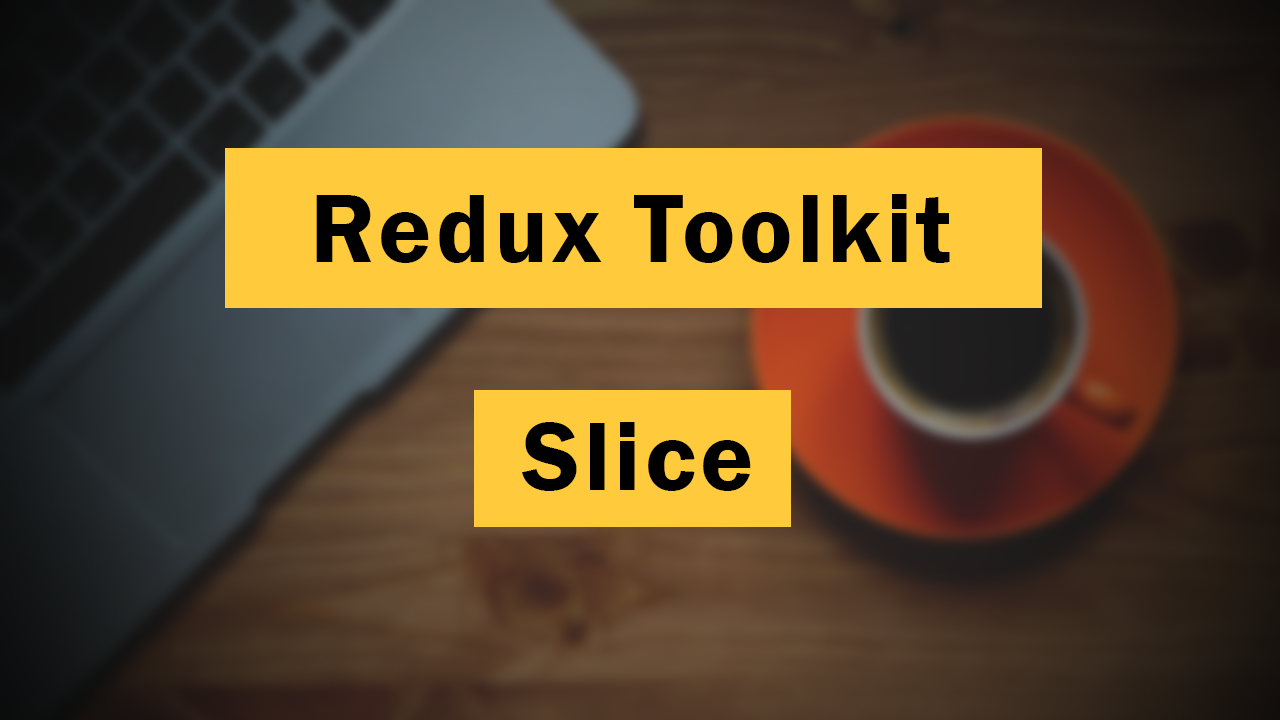Mastering MDX in Next.js: A Comprehensive Guide for Developers
Learn how to leverage MDX in Next.js to create dynamic and interactive content for your web applications. Dive deep into MDX syntax, integration with Next.js, and practical examples to enhance your development skills.
- Introduction
- What is MDX?
- Getting Started with MDX in Next.js
- MDX Syntax Overview
- Integrating MDX with Next.js
- Advanced MDX Features
- SEO Optimization with MDX
- Practical Examples
- Best Practices
- Troubleshooting MDX in Next.js
- Conclusion
- FAQs
- How do I add syntax highlighting to code blocks in MDX?
- Can I use MDX with other frameworks besides Next.js?
- Is MDX suitable for large-scale applications?
- How can I include interactive elements in MDX content?
- Can I use MDX with server-side rendering (SSR) or static site generation (SSG)?
- What are some alternatives to MDX for writing dynamic content?
- How can I contribute to the MDX ecosystem?
Introduction
MDX (Markdown with JSX) has revolutionized the way developers create content for their web applications. In combination with Next.js, MDX offers a powerful solution for building dynamic and interactive interfaces. This article will serve as your comprehensive guide to mastering MDX in Next.js, covering everything from basic syntax to advanced features and practical examples.
What is MDX?
MDX is a format that allows you to seamlessly integrate JSX (JavaScript XML) with Markdown syntax. This combination enables developers to write React components directly within Markdown files, offering unparalleled flexibility and expressiveness. With MDX, you can easily embed interactive elements, import components, and even execute JavaScript code within your Markdown content.
Getting Started with MDX in Next.js
To begin using MDX in Next.js, you'll first need to set up your development environment. Make sure you have Node.js and npm installed on your machine. Then, create a new Next.js project or navigate to an existing one.
npx create-next-app my-mdx-app
cd my-mdx-app
MDX Syntax Overview
Basic Markdown
Markdown provides a simple and intuitive way to format text using plain text syntax. Common features include headings, lists, links, and images. Here's a quick example of Markdown syntax:
# Heading 1
## Heading 2
- List item 1
- List item 2
[Link to Google](https://www.google.com)

JSX in Markdown
MDX allows you to seamlessly integrate JSX components within Markdown content. This enables you to create dynamic and interactive elements directly within your Markdown files. Here's how you can use JSX in MDX:
import { useState } from "react";
export default function Counter() {
const [count, setCount] = useState(0);
return (
<div>
<p>Count: {count}</p>
<button onClick={() => setCount(count + 1)}>Increment</button>
</div>
);
}
Importing Components
MDX also allows you to import and use React components within your Markdown content. This can be useful for reusing UI elements or integrating external libraries. Here's an example of importing and using a custom component in MDX:
import CustomComponent from "../components/CustomComponent";
<CustomComponent />;
Integrating MDX with Next.js
Next.js provides built-in support for MDX, making it easy to incorporate MDX content into your Next.js applications. Here's how you can integrate MDX with Next.js:
Setting up MDX
First, install the necessary dependencies:
npm install @next/mdx @mdx-js/loader
Next, configure Next.js to support MDX by creating a next.config.js file:
// next.config.js
module.exports = {
pageExtensions: ["js", "jsx", "mdx"],
};
Creating MDX Pages
To create an MDX page in Next.js, simply create a new .mdx file within the pages directory. You can then write your content using Markdown syntax, JSX, or a combination of both.
// pages/example.mdx
# Hello, MDX in Next.js!
This is a simple MDX page created in Next.js.
Dynamic Importing
Next.js allows you to dynamically import MDX content, enabling code splitting and improved performance. Here's how you can dynamically import an MDX file in Next.js:
import dynamic from "next/dynamic";
const DynamicComponent = dynamic(() => import("../components/DynamicComponent"));
<DynamicComponent />;
Advanced MDX Features
MDX offers a range of advanced features that can take your Next.js applications to the next level. Let's explore some of these features:
Using Layouts
Layouts allow you to define a common structure for your MDX pages, such as headers, footers, and sidebars. You can create reusable layout components and apply them to multiple pages for consistent styling and navigation.
// components/Layout.js
import Header from "./Header";
import Footer from "./Footer";
const Layout = ({ children }) => (
<div>
<Header />
{children}
<Footer />
</div>
);
export default Layout;
Custom Components
MDX allows you to create custom components that can be used within your Markdown content. This can be useful for creating complex UI elements or abstracting repeated patterns.
// components/Alert.js
const Alert = ({ type, children }) => <div className={`alert alert-${type}`}>{children}</div>;
export default Alert;
MDX Provider
The MDX Provider component allows you to customize the MDX rendering process by providing custom components, components scope, and other context options.
import { MDXProvider } from "@mdx-js/react";
import CustomComponent from "./CustomComponent";
const components = {
CustomComponent,
};
const App = ({ children }) => <MDXProvider components={components}>{children}</MDXProvider>;
export default App;
SEO Optimization with MDX
SEO (Search Engine Optimization) is crucial for ensuring your Next.js applications rank well in search engine results. MDX provides several features that can help optimize your content for search engines.
Adding Metadata
You can add metadata to your MDX pages using frontmatter or custom components. This metadata includes information such as title, description, keywords, and author, which can improve your page's visibility and relevance in search results.
---
title: "My Awesome MDX Page"
description: "A comprehensive guide to mastering MDX in Next.js."
keywords: "MDX, Next.js, React, JavaScript"
author: "John Doe"
---
Optimizing for Search Engines
In addition to metadata, you can optimize your MD
X content for search engines by including relevant keywords, using descriptive headings and alt text for images, and structuring your content in a logical and organized manner.
Practical Examples
Let's explore some practical examples of using MDX in Next.js to build real-world applications:
Creating a Blog with MDX
MDX is an excellent choice for building blogs due to its support for Markdown syntax and dynamic components. You can create blog posts as MDX files and render them dynamically in your Next.js application.
// pages/blog/[slug].mdx
# My First Blog Post
This is my first blog post written in MDX.
Building a Documentation Site
MDX is also well-suited for building documentation sites, as it allows you to combine code examples, interactive demos, and written explanations in a single file. You can organize your documentation using headings and sections for easy navigation.
// pages/docs/[slug].mdx
# Getting Started
Welcome to our documentation! Here you'll find everything you need to get started with our product.
Interactive Tutorials
MDX enables you to create interactive tutorials with embedded code snippets and live previews. Users can follow along with the tutorial and see the results in real-time, making learning more engaging and effective.
# Interactive Tutorial: React Hooks
In this tutorial, we'll learn how to use React Hooks to manage state and side effects in functional components.
Best Practices
When using MDX in Next.js, it's important to follow best practices to ensure your code is efficient, maintainable, and accessible.
Performance Optimization
To optimize performance, avoid rendering unnecessary components or importing large libraries. Use code splitting to lazy-load components and minimize the initial bundle size of your application.
Accessibility Considerations
Ensure your MDX content is accessible to all users by using semantic HTML elements, providing alternative text for images, and testing with screen readers and other assistive technologies.
Troubleshooting MDX in Next.js
Despite its many benefits, you may encounter issues when working with MDX in Next.js. Here are some common problems and how to resolve them:
Common Issues
- Component Not Rendering: Check that your component is properly imported and used within your MDX content.
- Syntax Errors: Review your Markdown and JSX syntax for any typos or errors that may be causing rendering issues.
Debugging Tips
- Console Logging: Use
console.logstatements to debug JavaScript code within your MDX files. - DevTools: Use browser developer tools to inspect the DOM and troubleshoot layout and styling issues.
Conclusion
In conclusion, MDX is a powerful tool for creating dynamic and interactive content in Next.js applications. By combining Markdown syntax with JSX, developers can build rich user experiences with ease. Whether you're building a blog, documentation site, or interactive tutorial, MDX in Next.js has you covered.
FAQs
How do I add syntax highlighting to code blocks in MDX?
To add syntax highlighting to code blocks in MDX, you can use libraries like Prism.js or highlight.js. Simply import the library and apply the appropriate CSS classes to your code blocks.
Can I use MDX with other frameworks besides Next.js?
Yes, MDX is framework-agnostic and can be used with any JavaScript framework or library that supports JSX rendering.
Is MDX suitable for large-scale applications?
Yes, MDX is suitable for large-scale applications thanks to its support for code splitting and lazy loading. You can optimize performance by only loading the necessary components when they're needed.
How can I include interactive elements in MDX content?
You can include interactive elements in MDX content by using React components or libraries like React Interactive or React Hooks. Simply import the component or hook and use it within your MDX file.
Can I use MDX with server-side rendering (SSR) or static site generation (SSG)?
Yes, MDX can be used with both server-side rendering (SSR) and static site generation (SSG) in Next.js. You can pre-render MDX content at build time or dynamically generate it on the server.
What are some alternatives to MDX for writing dynamic content?
Some alternatives to MDX for writing dynamic content include JSX templates, Markdown with frontmatter, and custom content management systems (CMS) like Contentful or Strapi.
How can I contribute to the MDX ecosystem?
You can contribute to the MDX ecosystem by submitting bug reports, feature requests, or pull requests to the official MDX GitHub repository. You can also contribute by creating and sharing custom components, plugins, or tutorials.



